
How a £25,000 Investment Can Power Your Profitable Renewable Energy Future
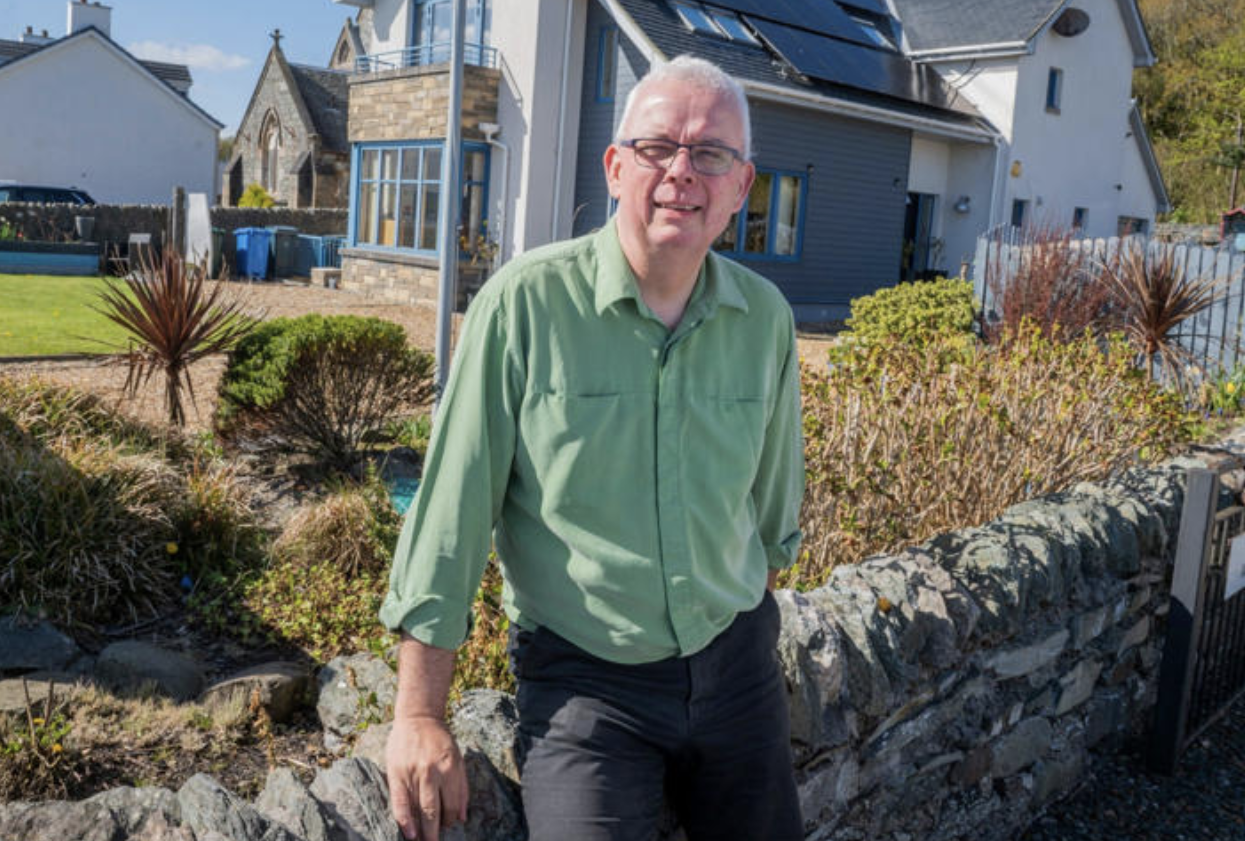
‘I have made sure our energy costs will not go up much in the future,’ says Steve Abbott – Chris Watt /Chris Watt Photography
© Provided by The Telegraph
Because energy prices keep going up, lots of homeowners want to find ways to save money. Steve Abbott, a retired engineer and teacher, found his solution in renewable energy. It cost a lot at first, but it worked well for him.
For several years and £25,000, Mr. Abbott worked on his house in Dunoon, Scotland. Now, it’s got solar panels, a home battery, and a smart meter.
“I’ve made sure our energy costs won’t go up much in the future. A lot of people don’t think about the long term. But as costs rise, my system becomes more valuable,” he explains.
He’s not the only one doing this. By the end of 2023, there were over 1.7 million eco-friendly installations in Britain. One out of every eight happened just last year. Solar panels are the most popular, with purchases going up by 33% to 183,000 last year. Home batteries are also becoming more common, with 10,000 now in British homes. They offer ways to save & even make money.
Even though it costs a lot upfront, the savings can be big. Experts say that combining solar panels with a home battery can cut energy bills by as much as 85% every year. For an average three-bedroom house, that could mean saving about £796.

How a home battery can drastically reduce Your energy bills
© Provided by The Telegraph
While renewable energy solutions might seem new to many, Steve, aged 59, has been studying them for years.
“I studied physics in college, so I understand how green technology can help. Around 2010, I decided to take action. I went to some exhibitions and talked to experts in the field. Back then, they were really eager to help and share their knowledge,” he explains.
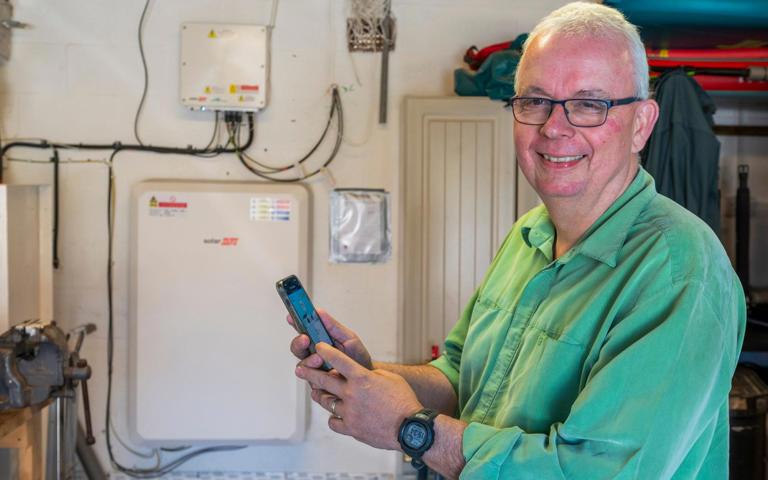
‘In 2010, I got up and went to some exhibitions,’ says Steve. – Chris Watt/Chris Watt Photography
© Provided by The Telegraph
Using his knowledge, he fitted solar panels on his next three houses. When it was time to set up his new 183-square-meter house in Dunoon, Scotland, bought in February 2022, he chose a bigger system.
By mid-November, he had already spent £13,000 on solar panels for three different roofs. Since the area sometimes experiences winds over 80mph, he invested an extra £3,000 in special fixings to secure them in place.
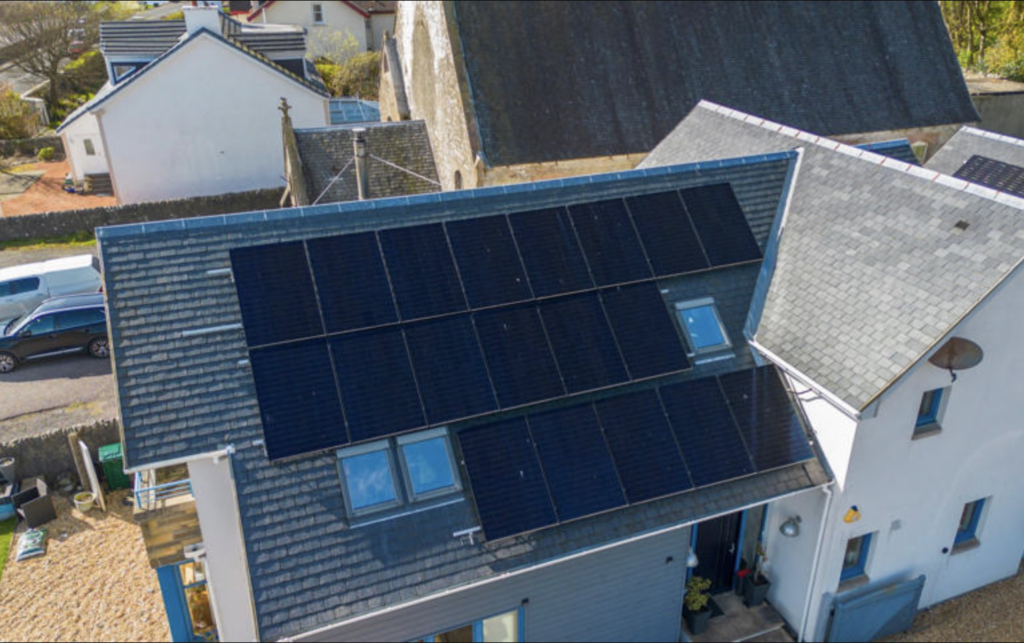
Solar panels installed on Steve Abbot’s home
© Provided by The Telegraph
He spent an additional £3,000 to wire the house with data cables and then allocated £6,000 for a 10-kilowatt-hour (kWh) home battery. Along with that, he installed a smart meter.
It was a detailed process with many things to think about, but it’s been worth it. He’s already saved £2,500 by using less power and making his own, and he’s on track to get back all the money he spent before he reaches retirement age.
“We had to be really sure we’d stay here long enough to get our money back in the first place. I’ll have paid for everything within 10 years, maybe even eight. Anything we save after 10 years is just extra money.”
As someone who uses the system a lot, Steve’s setup now plays a big part in how much energy his household uses.
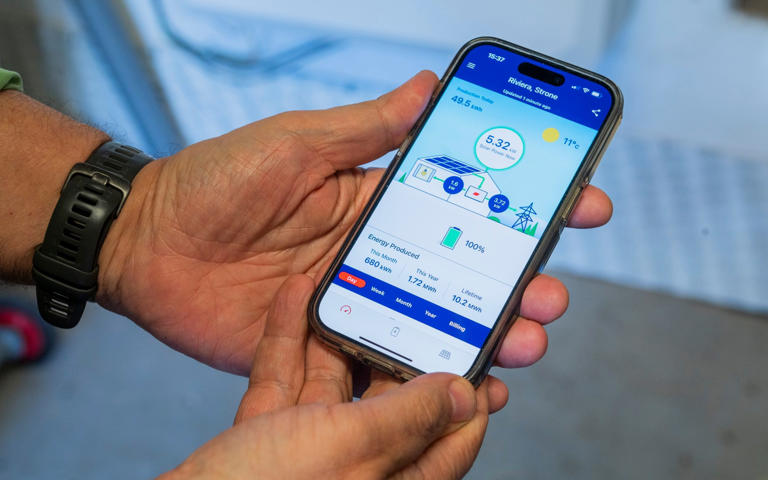
Steve’s system now plays a major role in how much energy his household uses. Chris Watt/Chris Watt Photography.
© Provided by The Telegraph
“I control everything through the app. I can do it instantly from anywhere in the world. When you’re setting these things up, you have to think about your habits and routines.”
“For example, we start the dishwasher early in the morning so the battery has all day to recharge. We use the tumble dryer when it’s best for maximising the solar battery combo.
“A smart meter is really important too. If I see that the solar levels will be low for a few days, I program my battery to charge from the grid during the cheapest time, usually between 2 am and 5 am.”
However, Steve emphasises that this solution isn’t suitable for everyone.
“We’re just an average household, and that’s important to remember. You need the right type of property, the right size system to meet your needs, and the right habits to use it effectively. If we had a big swimming pool, it would be a whole different story.”
For many people thinking about a home battery, one appealing aspect is the opportunity to sell extra electricity back to the National Grid. Anyone can do it, and the Smart Export Guarantee, supported by the government and launched in January 2020, ensures that approved suppliers pay you for the electricity you send back.
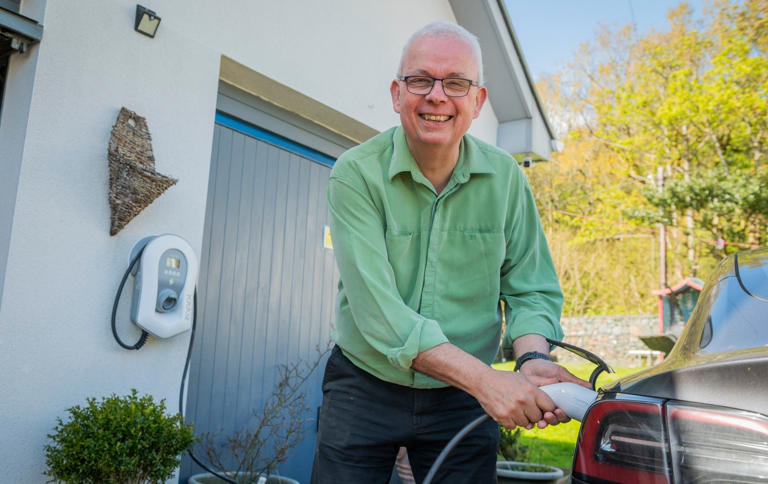
“We likely sell almost two-thirds of the power we produce back to the grid,” says Steve. Chris Watt/Chris Watt Photography.
© Provided by The Telegraph
However, Steve advises against counting on this income when deciding to get a home battery. “I never included those calculations, and I would advise others not to,” he says.
“SolarEdge paid us £2.50 per kWh, but it cost us 25p-30p per kWh to recharge the battery. However, it wasn’t consistent. It was sporadic, depending on when the National Grid needed it. While it didn’t make us rich, it did boost our numbers a bit. We likely sell almost two-thirds of power output back to grid.”
Reflecting on the year-and-a-half since his installation, Steve is very pleased with his decisions.
“Undoubtedly, for us and our lifestyle, it was a wise investment. It involved a lot of calculations, but my thorough research has paid off.”
Never miss any important news. Subscribe to our newsletter.
Related News


British Investor Who Predicted US Slump Warns of Next Crash

I’m a Death Doula: 4 Reasons I Believe Death Isn’t the End


Tech to Reverse Climate Change & Revive Extinct Species

AI Unlocks the Brain’s Intelligence Pathways

XPENG Unveils Iron Robot with 60 Human-like Joints

Can AI Outsmart Humanity?

11 ChatGPT Prompts to Boost Your Personal Brand

Keir Starmer Hints at Possible Tax Hikes on Asset Income

Navigating the Future of AI: Insights from Eric Schmidt
